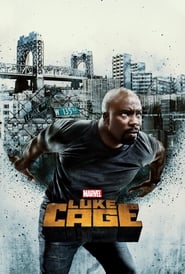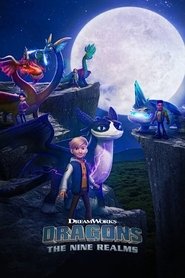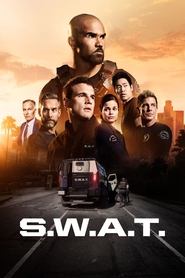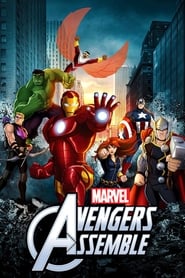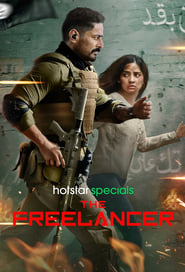![Attack on Titan [S04 Complete]](https://image.tmdb.org/t/p/w185/lUUmoCvZSt4Xp4k1xTRSHigBlNh.jpg)

Seasons and episodes
1Season 1 Oct. 02, 1991
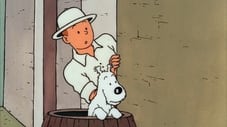 1 - AllS01 EP(1-13) Mar. 12, 2025
1 - AllS01 EP(1-13) Mar. 12, 2025
2Season 2 Jan. 06, 1992
 2 - AllS02 EP(1-13) Mar. 12, 2025
2 - AllS02 EP(1-13) Mar. 12, 2025
3Season 3 Jul. 06, 1992
 3 - AllS03 EP(1-13) Mar. 12, 2025
3 - AllS03 EP(1-13) Mar. 12, 2025
Creator
Creator
Cast
Tintin (voice)
Capitaine Haddock (voice)
Professeur Tournesol (voice)
Dupont (voice)
Dupond (voice)
Milou (voice)
Nestor (voice)
Bianca Castafiore (voice)
Video trailer
Synopsis
The Adventures of Tintin Season 1-3 Download In English 720p BluRay
StoryLine:
Additional Links:
Original title
The Adventures of Tintin
TMDb Rating
7.9 171 votes
First air date
Oct. 02, 1991
Last air date
Sep. 28, 1992
Seasons
3
Episodes
39
Average Duration
22 minutes










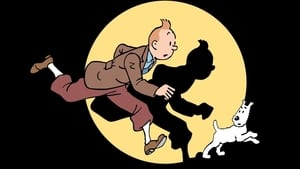
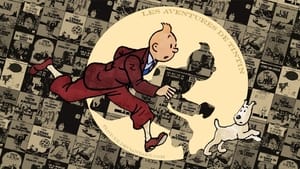



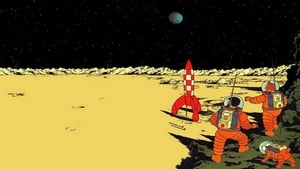


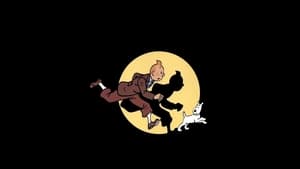
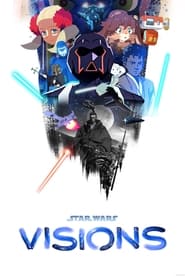

![Ahsoka [Episode-5]](https://image.tmdb.org/t/p/w185/jja5Be4vOcsGOTgKDQvD7N2MtuR.jpg)

